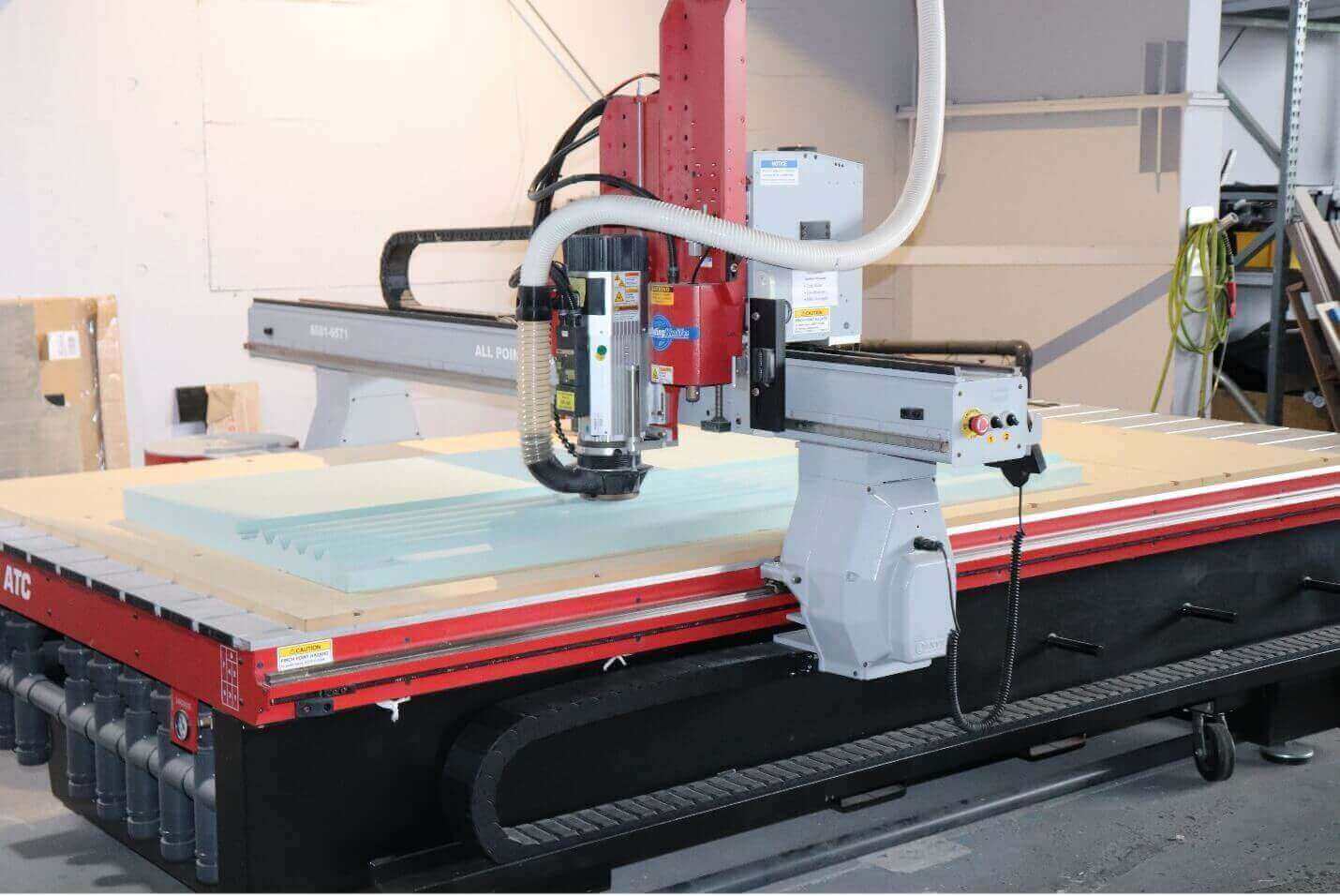Exploring the Benefits of Blade Servers in Modern Computing
Blade servers have revolutionized the landscape of modern computing, offering a myriad of benefits that cater to the ever-growing demands of businesses and data centers. In this article, we delve into the advantages of blade servers, their impact on computing environments, and the future trends in this innovative technology.
1. Introduction to Blade Servers
Blade servers represent a form of modular computing, where multiple thin, interchangeable server modules, or “blades,” are housed within a single chassis. These blades contain processors, memory, storage, and networking components, allowing for efficient use of space and resources.
2. Evolution of Computing
Traditional Servers vs. Blade Servers
Traditional servers typically consist of standalone units, each dedicated to specific tasks. In contrast, blade servers consolidate computing power within a centralized infrastructure, offering greater efficiency and scalability.
3. Benefits of Blade Servers
Scalability
Blade servers facilitate easy scalability, enabling organizations to incrementally add or remove server blades as needed. This flexibility ensures that computing resources can be dynamically adjusted to meet changing demands.
Space Efficiency
The compact design of blade servers results in significant space savings compared to traditional server setups. By consolidating multiple server modules into a single chassis, blade servers optimize data center real estate, allowing for higher density deployments.
Energy Efficiency
Blade servers are designed to minimize energy consumption, reducing both operational costs and environmental impact. Through features such as shared power supplies and efficient cooling mechanisms, blade server architectures enhance energy efficiency without compromising performance.
Simplified Management
Centralized management tools streamline the administration of blade server environments, providing administrators with comprehensive oversight and control. This simplification of management tasks translates into improved operational efficiency and reduced administrative overhead.
High Performance
Blade servers deliver exceptional performance, thanks to their dense computing configurations and high-speed interconnects. This enables organizations to achieve superior computational power and responsiveness, enhancing productivity and competitiveness.
4. Cost-effectiveness
Blade servers offer compelling cost savings over traditional server deployments, particularly in terms of hardware procurement, maintenance, and space utilization. Despite initial investments in infrastructure, the long-term benefits of blade server technology often outweigh the upfront costs.
5. Flexibility and Customization
Blade servers provide a flexible platform for customization, allowing organizations to tailor configurations to their specific requirements. Whether deploying virtualized environments, high-performance computing clusters, or specialized applications, blade servers offer versatility and adaptability.
6. Improved Cooling Solutions
Efficient cooling solutions integrated into blade server architectures mitigate heat dissipation challenges, ensuring optimal operating conditions and prolonging hardware lifespan. This proactive approach to cooling enhances reliability and reduces the risk of system failures.
7. Integration with Virtualization Technologies
Blade servers seamlessly integrate with virtualization technologies, enabling the consolidation of multiple virtual machines onto a single physical blade. This consolidation optimizes resource utilization and enhances overall system efficiency, fostering a more agile and responsive IT infrastructure.
8. Security Enhancements
Blade servers incorporate advanced security features to safeguard sensitive data and protect against cyber threats. From hardware-level encryption to robust access controls, these security enhancements bolster the integrity and resilience of computing environments.
9. Reliability and Redundancy
Blade servers offer built-in redundancy and failover mechanisms to ensure continuous operation in the event of hardware failures or disruptions. Redundant components, hot-swappable modules, and automated failover capabilities minimize downtime and enhance system reliability.
10. Blade Servers in Data Centers
Optimization of Space
In densely populated data center environments, blade servers maximize space utilization and optimize rack density, allowing for more efficient resource allocation and expansion.
Enhanced Data Management
Blade servers facilitate centralized data management, simplifying data storage, backup, and retrieval processes. This centralized approach enhances data integrity, accessibility, and security across distributed computing environments.
11. Use Cases of Blade Servers
Blade servers find application across various computing scenarios, including:
- Enterprise Environments: Supporting critical business operations and applications.
- Cloud Computing: Powering scalable and resilient cloud infrastructures.
- High-Performance Computing (HPC): Accelerating scientific research and computational simulations.
12. Challenges and Considerations
Initial Setup Costs
While blade servers offer long-term cost savings, the initial setup costs can be substantial, requiring careful budget planning and ROI analysis.
Compatibility Issues
Integration with existing IT infrastructure and compatibility with legacy systems may present challenges during deployment, necessitating thorough testing and validation procedures.
Maintenance Requirements
Regular maintenance and firmware updates are essential to ensure optimal performance and security posture, requiring proactive management and resource allocation.
13. Future Trends in Blade Server Technology
The evolution of blade server technology continues to advance, with emerging trends such as:
- Increased Integration: Further consolidation of computing, networking, and storage components.
- Enhanced Automation: Leveraging AI and machine learning for autonomous system management.
- Edge Computing: Extending blade server architectures to edge computing environments for low-latency applications.
14. Conclusion
Blade servers represent a cornerstone of modern computing infrastructure, offering unparalleled scalability, efficiency, and performance. As businesses and data centers continue to embrace digital transformation, the adoption of blade server technology promises to drive innovation and empower organizations to meet the evolving demands of the digital age.





